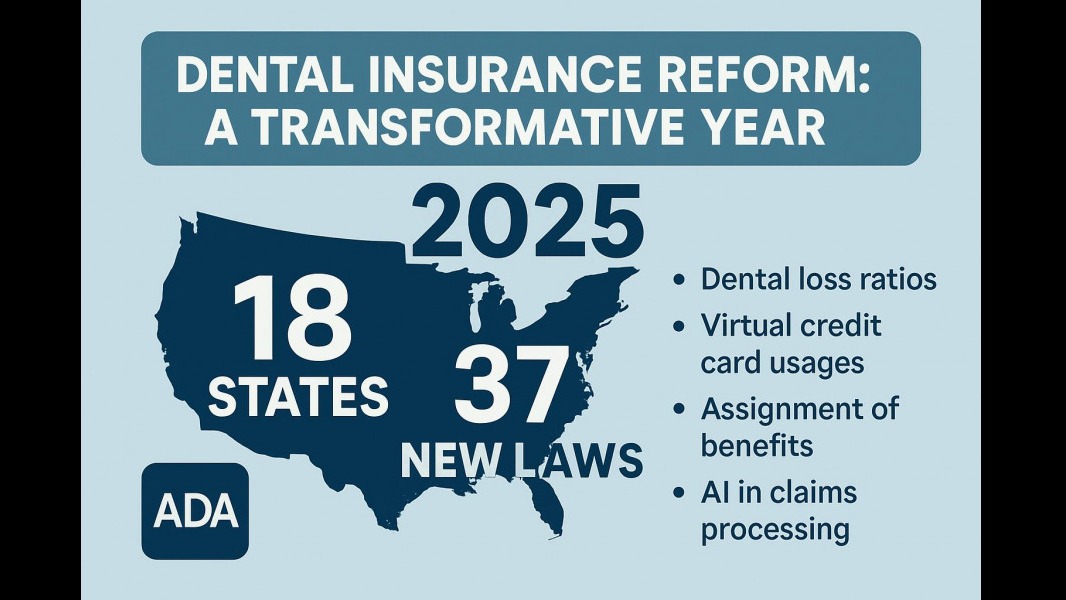
Charting the Future: Dental Leaders Set Goals for 2025
As we march into the latter half of 2025, dental leaders are grappling with an array of challenges and opportunities that test their strategic mettle. From scaling their practices to integrating technology and advocating for community health, these leaders are not just focused on individual success; they are envisioning broader impacts on patient care and dental industry standards.
Ambitions for Growth and Community Engagement
Dr. Catrise Austin of VIP Smiles Cosmetic Dentistry in New York City eloquently captures this ethos of growth and connection. Her ambitious plans include not only personal objectives, like launching her upcoming book, Gum Health Made Simple, but also scaling her clinic's efficiency through AI and automation. She is passionate about community engagement, demonstrated by her ongoing efforts to relaunch a dental office in Flint, Michigan — a commitment to affordable care for her home community.
Meanwhile, in Arizona, Dr. Sibera Brannon aims to bridge clinical advancements with social responsibility. Her efforts to scale digital workflows for prosthetics align with her volunteer initiative, Project NicaRisas, which has made strides in improving dental hygiene education in Nicaragua. She believes that giving generously can lead to transformative community health outcomes.
Ensuring Stability Amidst Financial Challenges
The financial uncertainties surrounding federal programs present an additional layer of complexity for leaders like Dr. Christopher Brendemuhl at Valleywise Health Medical Center. Understanding the vital connection between financial health and quality patient care, he aims to implement clinical efficiencies that promote stability. His aspiration to boost staff capabilities ensures that care remains uninterrupted, further strengthening community trust and bolstering the health system’s resilience.
Leveraging Technology for Improved Patient Experiences
As dental practices increasingly integrate innovative technologies, the potential for improved patient experiences grows. Leaders are exploring automation not only to enhance operational workflows but also to foster meaningful interactions with patients. Dr. Austin’s aspirations for utilizing AI serve as a prime example of how technology can rejuvenate patient care. By streamlining administrative processes, dental teams can focus more on personalized care and patient education, empowering patients in their own oral health journeys.
The Future of Dentistry: Strategic Insights
As these dental leaders articulate their strategies for success in the coming months, one common thread emerges: the need for collaboration, innovation, and community-oriented goals. Their visions extend beyond mere financial metrics; they encompass the larger tapestry of public health and education. By fostering connections within their communities and pursuing excellence in their practices, they are setting the stage for a healthier future.
For individuals working in the dental field, these insights serve as a clarion call to embrace innovation while staying committed to community engagement. Whether through participating in conferences or in their roles as mentors, dental professionals can benefit from the collective journey these leaders are embarking upon.
As we anticipate changes in the future landscape of dentistry, it’s essential for dental professionals to remain agile and adapt their strategies accordingly. The experiences shared by these leaders reveal a crucial insight: that growth in practices often mirrors the well-being of the communities they serve. With a focus on collaboration, education, and the innovative use of technology, the future of dentistry looks promising.
 Add Row
Add Row  Add
Add 




Write A Comment